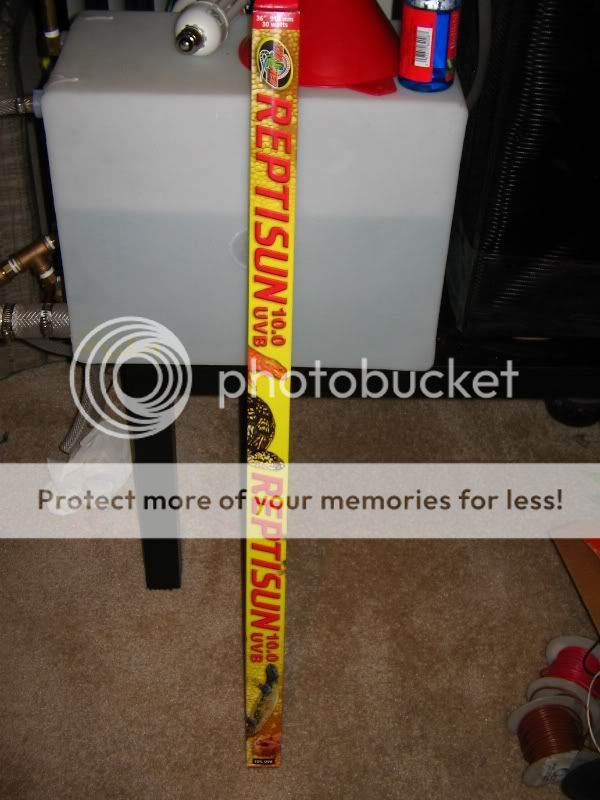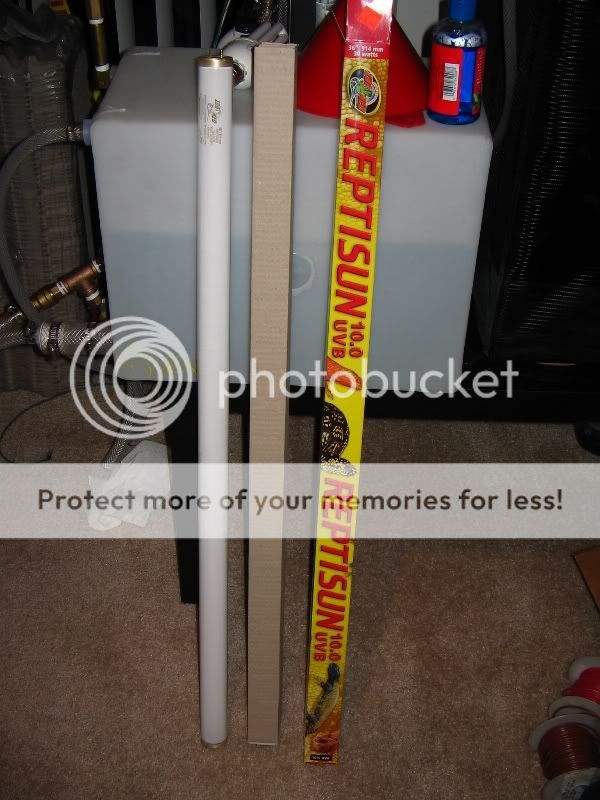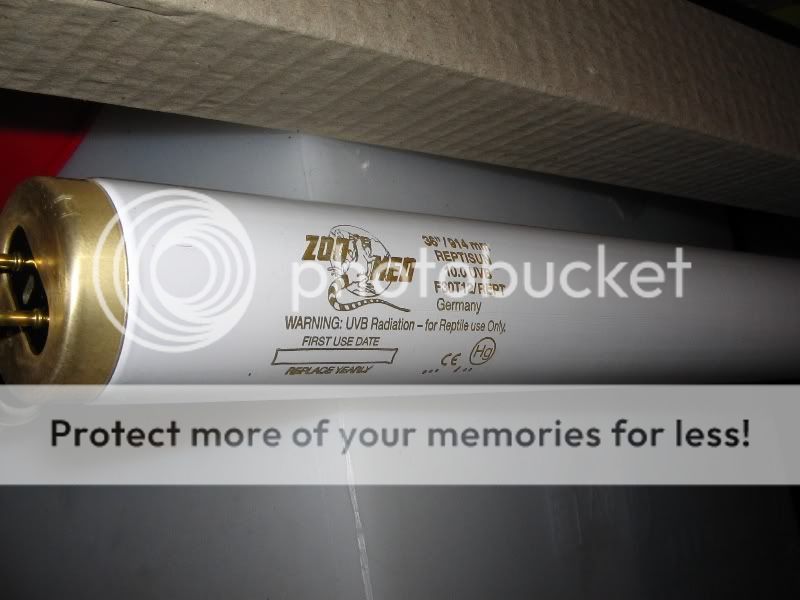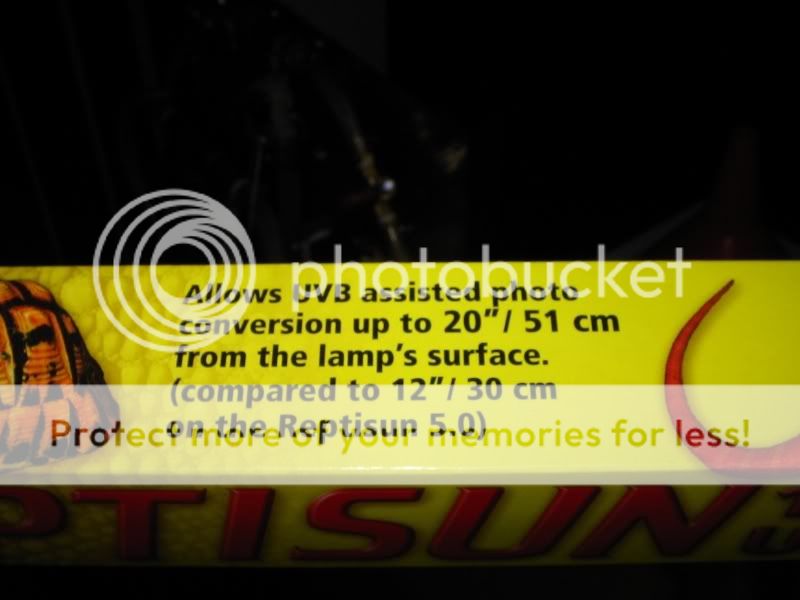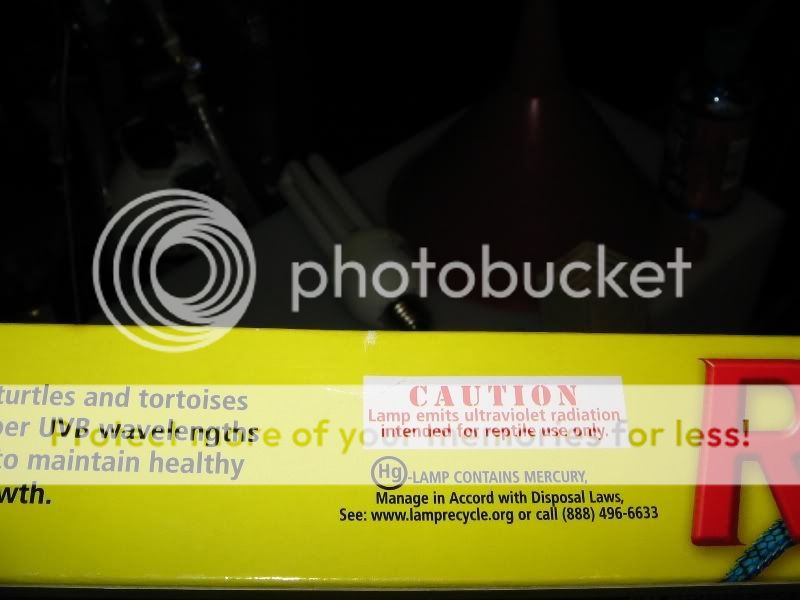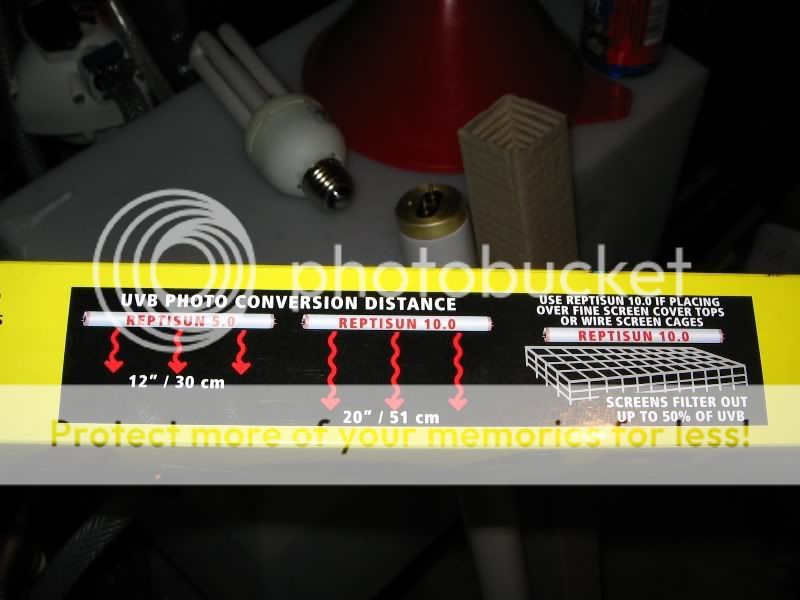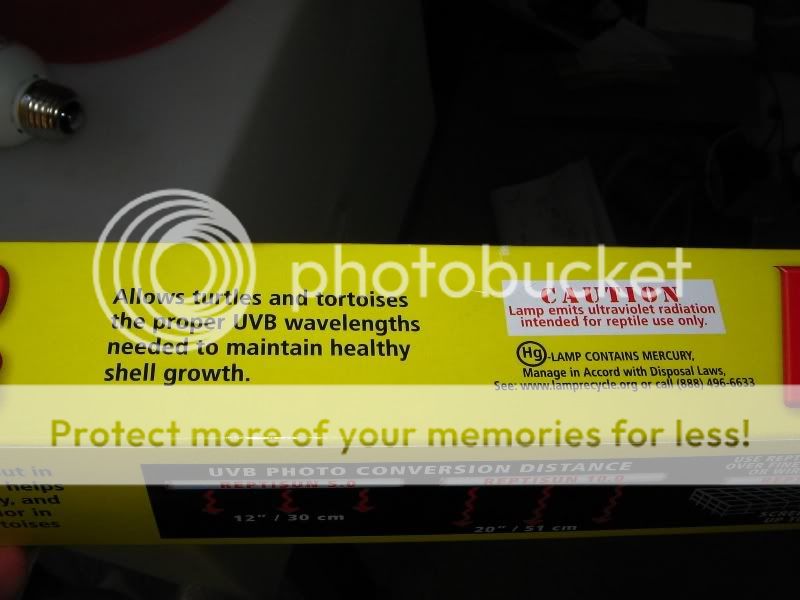Dave Weldon
Avid Member
Howdy All,
I want to bring attention to the new information presented in within the last few hours on the http://www.uvguide.co.uk/ UVB website. See " New Special Report" at the top of the site. A number of us reptile keepers have been helping Dr. Frances Baines with her recent research by contacting the manufacturers, supplying case histories as well as shipping the suspect products themselves to her in the UK. The products involved in this recent study are the ZooMed Reptisun 10.0 Compact Lamps and, more rarely, 5.0 Compact Lamps, Big Apple Herpetological Mystic Lamp, and now the addition of the R-Zilla Desert 50 series lamps. The information added is extensive.
You'll want to read through the information yourself but I might summarize things by saying that at a minimum, these powerful UVB sources need a keeper's special attention to insure that injury doesn't result from their use. I have personally viewed the damage that can be caused by the R-Zilla Desert 50 series when baby panther and veiled chameleons were exposed to it over a period of a few days. Death was the result. The keepers involved in those incidents said that trouble came fast, including skin blisters and snow blindness. The manufacturers/suppliers involved in these products are taking actions to address these issues and more information will follow. Don't panic. If your reptiles are not having problems right now, it is likely that your chameleons or other reptiles are not going to have them meaning that the lamp you are using and its distance to your reptile is safe. READ THE ARTICLE TO BE SURE. Our thanks should go to Dr. Baines and the rest of the group of dedicated keepers and researchers that made the UK UVB possible.
I want to bring attention to the new information presented in within the last few hours on the http://www.uvguide.co.uk/ UVB website. See " New Special Report" at the top of the site. A number of us reptile keepers have been helping Dr. Frances Baines with her recent research by contacting the manufacturers, supplying case histories as well as shipping the suspect products themselves to her in the UK. The products involved in this recent study are the ZooMed Reptisun 10.0 Compact Lamps and, more rarely, 5.0 Compact Lamps, Big Apple Herpetological Mystic Lamp, and now the addition of the R-Zilla Desert 50 series lamps. The information added is extensive.
You'll want to read through the information yourself but I might summarize things by saying that at a minimum, these powerful UVB sources need a keeper's special attention to insure that injury doesn't result from their use. I have personally viewed the damage that can be caused by the R-Zilla Desert 50 series when baby panther and veiled chameleons were exposed to it over a period of a few days. Death was the result. The keepers involved in those incidents said that trouble came fast, including skin blisters and snow blindness. The manufacturers/suppliers involved in these products are taking actions to address these issues and more information will follow. Don't panic. If your reptiles are not having problems right now, it is likely that your chameleons or other reptiles are not going to have them meaning that the lamp you are using and its distance to your reptile is safe. READ THE ARTICLE TO BE SURE. Our thanks should go to Dr. Baines and the rest of the group of dedicated keepers and researchers that made the UK UVB possible.





